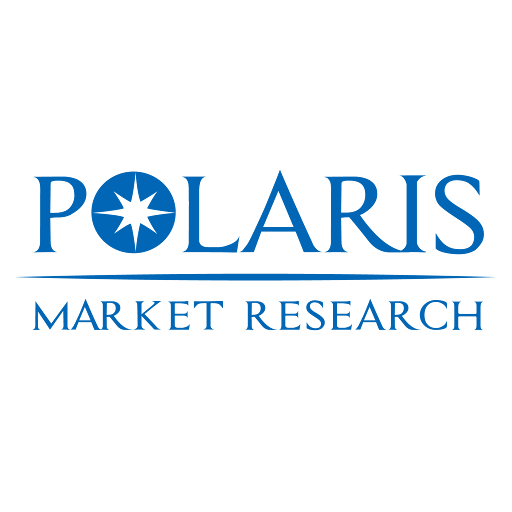The global stem cell market is projected at USD 15.25 billion in 2024 and poised to expand at a compound annual growth rate (CAGR) of 11.5 % over the forecast horizon. This robust baseline sets the stage for a differentiated regional growth story: between North America, Europe, and Asia Pacific, the strategic dynamics—regulatory frameworks, innovation ecosystems, cross-border supply chains, and trade treaties—will strongly influence who captures value. In North America, the U.S. remains the innovation and clinical trial hub: its mature regulatory pathways (FDA, IND/BLAs), deep venture capital and biotech ecosystems, and presence of leading academic medical centers drive demand for advanced stem cell therapies and manufacturing. Because the U.S. supports large-scale federal funding and translational infrastructure, domestic players and subsidiaries of global companies have historically prioritized U.S. as a lead market. In contrast, Europe presents more regulatory complexity: while the European Medicines Agency (EMA) provides a harmonized approval route, individual national health technology assessment (HTA) regimes, reimbursement variability, and country-by-country risk tolerance impose fragmentation. In Germany, the Netherlands, and the U.K., regenerative medicine reimbursement pilots exist; in Southern or Eastern Europe, budget constraints slow adoption. Meanwhile, Asia Pacific is emerging as a high-growth frontier, though fraught with regulatory divergence. China has significantly accelerated its stem cell regulation reforms (e.g. revisions to its drug and biologic regulations, fast track designations for regenerative medicine) and is investing heavily in local manufacturing and R&D. Japan’s regenerative medicine law already offers conditional approval pathways (Japan’s PMD Act) that have stimulated earlier commercialization. South Korea, Singapore, and Australia also compete as regional hubs. To manage risk, many global firms are localizing production and adopting regional manufacturing trends, creating assembly plants or cell therapy CDMOs in Asia to close cross-border supply chain gaps, hedge against tariff exposure, and improve market penetration strategies.
Drivers across all geographies include rapid growth in stem cell clinical pipelines, increasing adoption of regenerative medicine, rising prevalence of chronic degenerative diseases, and improved cell processing and automation. North America often leads in early adoption of novel modalities, driven by high R&D budgets and insurance mechanisms. Europe’s driver is more policy and reimbursement support for advanced therapeutics. Asia’s driver is sheer unmet need, population burden, and governmental support for biotech sovereignty. Restraints vary by region: in North America, the cost per therapy, manufacturing scale-up challenges, and payer skepticism constrain near-term adoption. Europe’s fragmentation in reimbursement and regulatory alignment restrains rollout. In Asia, regulatory uncertainty, import restrictions, and lack of standardization slow progress. Opportunities exist in leveraging regional manufacturing hubs, forging licensing or co-development partnerships across borders, and investing early in clinical centers of excellence in emerging markets. Trends to watch include consolidation among CDMO and cell therapy firms across regions, increasing vertical integration (manufacturing plus clinical delivery), and harmonization efforts to streamline cell therapy regulation.
Read More @ https://www.polarismarketresearch.com/industry-analysis/stem-cell-market
In North America, many firms see the U.S. as the reference market, using real-world evidence generation and payor contracts to validate reimbursement. The ability to support cross-border supply chains (for import/export of cell therapy reagents, vectors, consumables) matters less domestically but more in global scale. In Europe, a key strategic play is securing pan-European hospital trial sites and leveraging cross-border free movement of therapeutics once EMA approval is obtained; companies often adopt dual pricing strategies to adjust for national affordability. In Asia Pacific, market penetration strategies hinge on local partnerships, licensing, infrastructure investment, and regional manufacturing to reduce costs and avoid import delays or tariff risk. For instance, leading global stem cell firms are co-locating manufacturing in China or Singapore to reduce lead times to East Asia markets. Local regulatory accommodations (e.g. fast track conditional approvals) further boost uptake.
Given these regionally nuanced dynamics, only a few global players currently possess the capital, scale, and regulatory acumen to execute regionally adaptive strategies and maintain supply resilience. The top players with substantial global market hold include:
- Thermo Fisher Scientific Inc.
- Lonza Group Ltd.
- Merck KGaA (including its Life Science / Millipore arm)
- Sartorius AG
- STEMCELL Technologies Inc.
These firms invest not just in core stem cell products but in upstream manufacturing platforms, regional CDMO footprints, strategic partnerships, and penetration strategies tailored to regional regulatory and trade landscapes. Their competitive edge lies in mastering more than technology—they must orchestrate regional manufacturing hubs, cross-border supply chain resilience, and clinical/regulatory penetration strategies. As capital flows intensify into stem cell sectors at 11.5 % CAGR, the winners will be those who balance innovation with disciplined regional execution, adapt to supply chain volatility, and align penetration strategies to regional policy, reimbursement, and trade realities.
More Trending Latest Reports By Polaris Market Research:
String Wound Filter Materials Market
Genomics In Cancer Care Market
Corporate Lending Platform Market
Genomics In Cancer Care Market
Drug Device Combination Products Market
Surgical Planning Software Market
North America and Europe Open RAN Market
